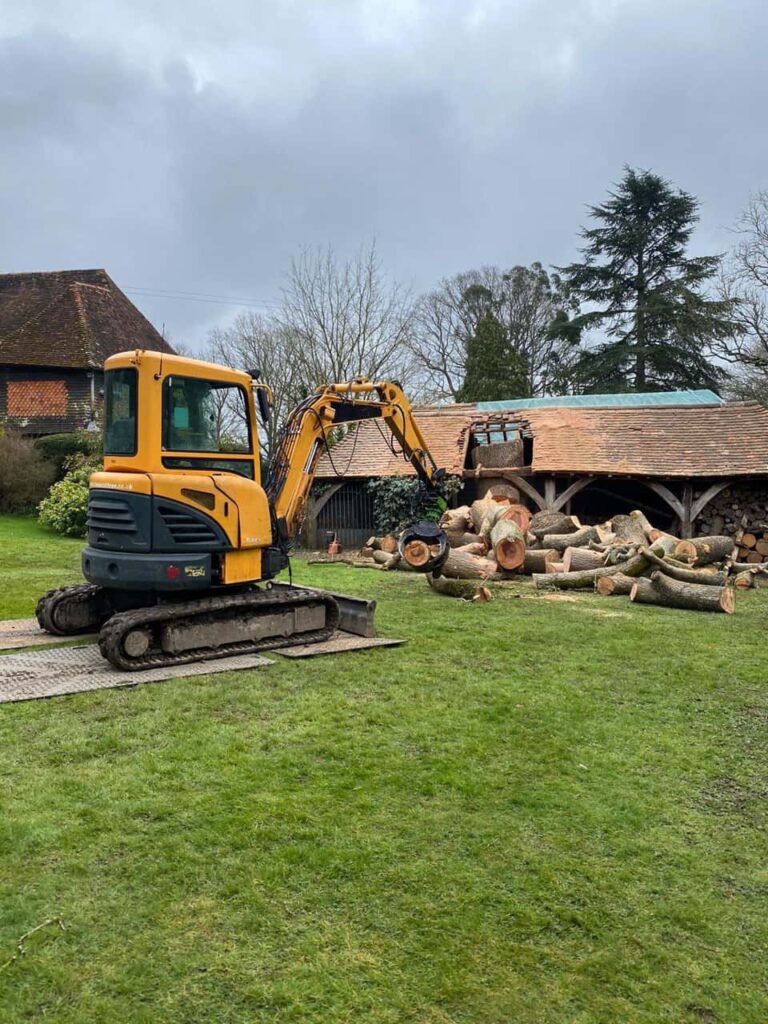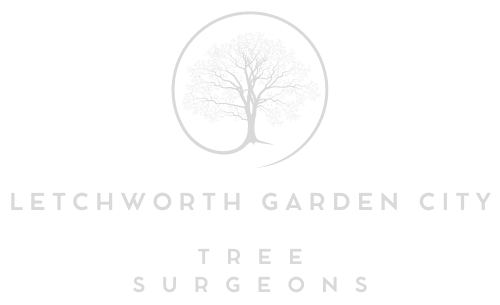Why Crown Reduction Should Be Part of Tree Health Plans
Maintaining the health and safety of the trees on your property is essential for long-term care, and one of the most effective methods to ensure the well-being of your trees is crown reduction. Crown reduction, which involves the careful trimming and pruning of the uppermost branches of a tree, can offer a variety of benefits that promote the tree’s health and its ability to thrive in a controlled environment. For property owners, this tree surgery practice should be an integral part of any tree health plan.
At Letchworth Garden City Tree Surgeons, we specialise in providing professional tree care services in Letchworth Garden City, Hertfordshire. In this blog post, we’ll explore why crown reduction is a crucial part of tree health plans and how it can help maintain the longevity and safety of your trees.
What is Crown Reduction?
Crown reduction involves selectively pruning the upper branches of a tree to reduce its size, usually by removing the outermost and topmost limbs. Unlike tree topping, which cuts trees down indiscriminately, crown reduction maintains the tree’s natural shape and health by carefully reducing the canopy. The goal is to reduce the tree’s overall size and shape, allowing for better growth and ensuring that the tree can withstand environmental stress.
Why Crown Reduction Is Essential for Tree Health
1. Enhances Tree Strength and Stability
One of the primary reasons for performing crown reduction is to improve the tree’s overall structure. By removing weaker, damaged, or dead limbs, crown reduction helps maintain the tree’s balance and reduces the risk of branches snapping or falling. This process is particularly important for older or top-heavy trees that may be more susceptible to breaking during storms or strong winds.
- Key benefits:
- Increases the tree’s resistance to wind and storm damage.
- Promotes a stable, balanced structure.
- Prevents weak branches from posing a danger.
- Increases the tree’s resistance to wind and storm damage.
2. Prevents Overcrowding and Allows for Better Airflow
Trees, especially in urban areas or gardens with multiple trees, can experience overcrowding of branches. This leads to competition for resources such as sunlight and nutrients. Crown reduction improves airflow within the tree’s canopy, allowing more sunlight to reach all parts of the tree and reducing the chances of fungal infections or diseases that thrive in damp, crowded environments.
- Key benefits:
- Improves air circulation and sunlight penetration.
- Helps prevent the growth of harmful moulds and fungi.
- Reduces the risk of pest infestations.
- Improves air circulation and sunlight penetration.
3. Improves Tree Health and Growth
By removing old, diseased, or dying branches, crown reduction can encourage new growth and improve the overall health of the tree. This is particularly important for younger trees or trees that may be struggling due to environmental stress, disease, or overcrowding. With better resources available, trees can develop more evenly and thrive in their environment.
- Key benefits:
- Stimulates healthy new growth.
- Helps trees adapt to environmental changes.
- Reduces the impact of disease or pests on the tree.
- Stimulates healthy new growth.
4. Minimises Risk to Property and Structures
When trees grow too large or too close to structures such as buildings, roofs, fences, or power lines, they can become a hazard. Branches may interfere with gutters, windows, or roofs, and in severe cases, branches could fall and cause damage to property. Crown reduction helps maintain a safe distance between trees and property, reducing the risk of damage and ensuring that the tree remains healthy while preventing encroachment on buildings and other structures.
- Key benefits:
- Prevents branches from interfering with roofs, windows, and gutters.
- Reduces the likelihood of tree damage to surrounding structures.
- Improves safety for your property and family.
- Prevents branches from interfering with roofs, windows, and gutters.
5. Promotes Aesthetics and Shape
Crown reduction doesn’t just benefit the tree’s health and safety; it also enhances the appearance of the tree. When done properly, it helps to maintain or improve the tree’s shape, making it more attractive in your landscape. Well-maintained trees can significantly enhance the visual appeal of your garden or property, adding value and creating a more pleasant environment.
- Key benefits:
- Improves the tree’s visual appeal.
- Helps maintain a balanced, healthy shape.
- Adds to the overall aesthetics of your landscape.
- Improves the tree’s visual appeal.
When Should Crown Reduction Be Performed?
Crown reduction should ideally be done during the tree’s dormant period, usually in late autumn or early spring. This ensures that the tree can recover from the pruning and doesn’t lose too much energy during its active growing season. However, the specific timing may depend on the tree species and its condition, so it’s essential to consult a professional tree surgeon.
Conclusion: Crown Reduction is a Smart Investment for Tree Health
Incorporating crown reduction into your tree care plan is a proactive way to ensure the long-term health, safety, and aesthetic appeal of your trees. Whether you’re looking to improve the strength and structure of your tree, prevent damage to your property, or enhance the tree’s appearance, crown reduction is an effective solution. At Letchworth Garden City Tree Surgeons, we have the expertise to carry out this procedure safely and efficiently, helping you protect and care for the trees on your property.
If you think crown reduction might be necessary for your trees, or if you want to discuss a tree health plan, contact us today for a consultation. We’re here to help maintain the health and beauty of your trees for years to come.
Call us on: 01462 419 196
Click here to find out more about Letchworth Garden City Tree Surgeons
Click here to complete our contact form and see how we can help with your tree needs.

